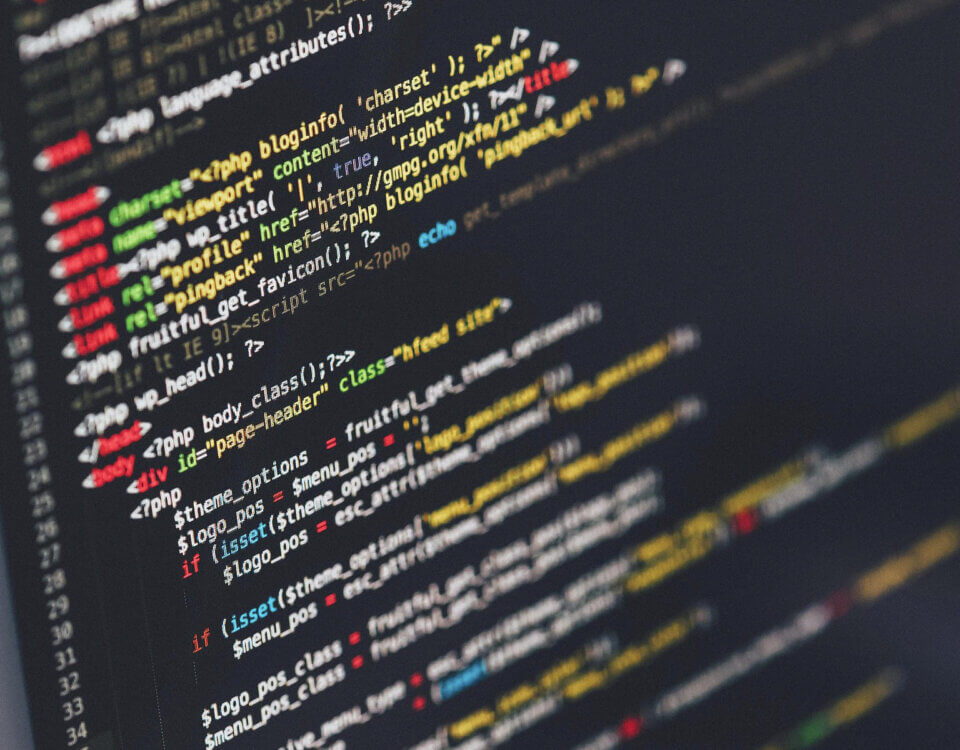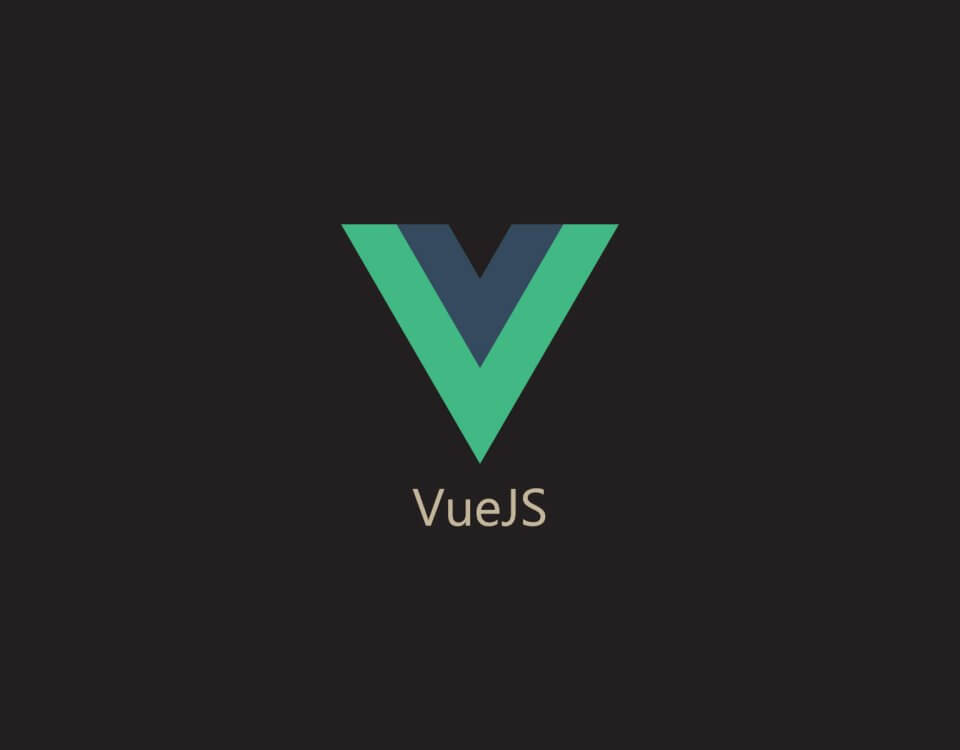
The Art of Harmony: Colour Palettes and the Psychology Behind Design
March 18, 2024
You Are Not Your Code!
April 15, 2024
Table of contents:
- What is web development?
- How do I start learning web development?
- What programming languages should I learn for web development?
- What are the differences between front-end and back-end development?
- What are the key web development fundamentals to know?
- What is a content management system (CMS)?
- How do I become a web developer?
- What courses can I take?
What is web development?
Web development involves creating websites or web applications that are accessible via the internet. It encompasses various tasks, including designing the layout and appearance of web pages, writing code to implement functionality, and ensuring that the site works well on different devices and browsers. In simpler terms, web development is like building a house on the internet – it involves both the design (how it looks) and the construction (how it works) of a website.
Want a profesional website? Need a new one? Contact us!
How do I start learning web development?
To start learning web development, you can begin by familiarising yourself with the basic building blocks of the web: HTML, CSS, and JavaScript.
HTML (Hypertext Markup Language):
HTML is the standard markup language used to create the structure of web pages. It provides a way to organize content using elements such as headings, paragraphs, lists, and links. HTML forms the foundation of web development and is essential for creating the basic structure and layout of a website.
CSS (Cascading Style Sheets):
CSS is a styling language used to control the presentation and appearance of web pages. It allows developers to define styles for HTML elements, including colors, fonts, layout, and responsive design for different screen sizes. CSS enhances the visual appeal and user experience of websites by adding style and design elements.
JavaScript:
JavaScript is a versatile programming language used for adding interactivity, dynamic behavior, and functionality to web pages. It enables developers to create interactive features such as animations, form validation, dynamic content updates, and interactive user interfaces. JavaScript is widely used in front-end development and is essential for creating modern, dynamic web applications.
What are the popular programming languages to learn?
PHP:
PHP (Hypertext Preprocessor) is a server-side scripting language primarily used for web development. It's especially popular for building dynamic web pages and web applications. PHP works seamlessly with HTML, allowing developers to embed PHP code directly into HTML files. It's commonly used in content management systems like WordPress, e-commerce platforms like Magento, and web frameworks like Laravel. PHP is known for its ease of use, extensive documentation, and vast community support, making it a valuable skill for web developers.
Python:
Python is a versatile and beginner-friendly programming language known for its simplicity and readability. It's widely used in various fields such as web development, data analysis, artificial intelligence, and automation. Python's syntax emphasizes code readability, making it easier to understand and write code. Its extensive libraries provide pre-written code for various tasks, reducing the need to write code from scratch.
Java:
Java is a widely-used, object-oriented programming language known for its portability and robustness. It's commonly used for building enterprise-scale applications, mobile apps (Android), and large-scale web applications. Java's "write once, run anywhere" philosophy allows developers to write code that can run on any platform that supports Java, thanks to its virtual machine (JVM) technology.
C:
C is a powerful and widely-used procedural programming language known for its efficiency and flexibility. It's often considered the "mother" of all programming languages due to its influence on many other languages. C is used in a variety of applications, including system programming, embedded systems, and application development. It provides low-level access to memory and hardware, making it suitable for writing operating systems, device drivers, and performance-critical applications. While C can be more challenging for beginners due to its syntax and manual memory management, learning it provides a strong foundation for understanding computer architecture and programming concepts.
SQL:
SQL (Structured Query Language) is a specialized language used for managing and manipulating relational databases. It's crucial for storing, retrieving, and manipulating data in databases efficiently. SQL is used across various industries for tasks such as data analysis, reporting, and database management. Understanding SQL is essential for anyone working with databases, from database administrators to data analysts.
What are the differences between front-end and back-end development?
Front-end development:
As a frontend developer, your primary focus will be on designing and building the user interface (UI), which includes elements like buttons, forms, menus, and other interactive components. You'll also be responsible for ensuring that the website or application is visually appealing, easy to navigate, and functions smoothly across different devices and screen sizes.
Frontend development requires a good understanding of HTML (Hypertext Markup Language), CSS (Cascading Style Sheets), and JavaScript, which are the core technologies used to create and style web pages. Additionally, you may also work with frameworks and libraries like Bootstrap, React, or Vue.js to streamline the development process and enhance the user experience.
In summary, frontend development is all about creating the look and feel of a website or web application and making it user-friendly and engaging for visitors.
Back-end development:
Backend development, on the other hand, deals with the behind-the-scenes functionality of a website or web application. It involves writing code that runs on the server and is responsible for handling tasks such as data storage, retrieval, and processing.
As a backend developer, your main focus will be on building and maintaining the server-side logic that powers the frontend. This includes tasks like managing databases, processing user inputs, handling authentication and authorization, and integrating with external services or APIs (Application Programming Interfaces).
Backend development typically involves working with programming languages like Python, Ruby, PHP, Java, or Node.js, as well as frameworks and tools like Django, Ruby on Rails, Laravel, Spring Boot, or Express.js.
One of the key responsibilities of a backend developer is ensuring the security and scalability of the web application, as well as optimizing its performance and efficiency. This often involves writing efficient code, implementing caching mechanisms, and employing best practices for data storage and retrieval.
In summary, backend development is focused on building the functional and data-driven components of a website or web application that work behind the scenes to deliver content and services to users.
What are the key web development fundamentals to know?
For any beginner in web development, understanding the following fundamentals is crucial:
HTML (Hypertext Markup Language):
- HTML forms the structure of web pages.
- Learn about tags, elements, attributes, and semantic HTML for better accessibility and SEO.
CSS (Cascading Style Sheets):
- CSS is used for styling HTML elements.
- Understand selectors, properties, values, and how to apply styles to create visually appealing websites.
JavaScript:
- JavaScript adds interactivity and functionality to web pages.
- Learn basic syntax, data types, variables, operators, control structures, and DOM manipulation.
Responsive Design:
- Design websites to adapt to various screen sizes and devices using CSS media queries and flexible layouts.
- Learn about breakpoints, fluid grids, and responsive images.
Version Control:
- Version control systems like Git help track changes to your code and collaborate with others.
- Understand basic Git commands, branching, committing, and merging.
Basic Command Line Knowledge:
- Familiarise yourself with basic command line operations to navigate directories, create files, and execute commands.
Basic Web Server Knowledge:
- Understand how web servers work and how to set up a local development environment.
- Learn about HTTP, status codes, and server-side vs. client-side processing.
Basic SEO Principles:
- Learn about search engine optimisation (SEO) basics such as meta tags, keywords, content quality, and website performance optimisation.
Basic Security Practices:
- Understand common security threats like cross-site scripting (XSS), SQL injection, and how to mitigate them.
- Learn about HTTPS, secure authentication, and data encryption.
Frameworks and Libraries:
- Familiarise yourself with popular front-end frameworks and libraries like Bootstrap, jQuery, and React.
- Explore back-end frameworks like Express.js (for Node.js) or Django (for Python).
Testing and Debugging:
- Learn how to test and debug your code using browser developer tools, unit tests, and debugging techniques.
Continuous Learning:
- Keep yourself updated with the latest trends, technologies, and best practices in web development through online tutorials, blogs, and courses.
What is a content management system (CMS)?
A content management system (CMS) is like the backbone of a website, especially for someone starting out in web development. Imagine it as a tool that helps you build and manage your website without needing to know complex coding languages from scratch. It's like having a set of building blocks where you can easily add, edit, or remove content on your site, such as text, images, videos, and more, all through a user-friendly interface. With a CMS, you don't have to worry too much about the technical nitty-gritty; instead, you can focus on creating great content and designing your site to look just the way you want. It's like having a handy assistant that takes care of the behind-the-scenes stuff, leaving you free to unleash your creativity and make your website shine.
WordPress:
This is one of the most widely used CMS platforms globally. It's known for its ease of use, extensive plugin ecosystem, and versatility. WordPress powers a wide range of websites, from blogs and small business sites to large e-commerce stores and corporate portals.
Joomla:
Another popular CMS, Joomla offers a balance between flexibility and user-friendliness. It's suitable for creating various types of websites, including community portals, online magazines, and e-commerce sites.
Drupal:
Drupal is a robust CMS favored by developers for its flexibility and scalability. It's highly customisable and suitable for building complex websites, such as government portals, educational platforms, and enterprise-level applications.
Wix:
Wix is a user-friendly website builder that allows you to create websites using drag-and-drop functionality. While not as customisable as other CMS platforms, Wix is excellent for beginners or those who want to create a simple website quickly.
Shopify:
If you're interested in e-commerce, Shopify is a popular choice. It's a hosted platform specifically designed for online stores, offering a range of built-in features for managing products, processing payments, and handling orders.
How do I become a web developer?
To become a web developer, you'll want to start by building a solid foundation in web development technologies, including HTML, CSS, and JavaScript.
You can then expand your skills by learning additional languages, frameworks, and tools, depending on your interests and career goals. It's also essential to practice regularly by building projects and contributing to open-source repositories to gain practical experience and showcase your skills to potential employers. Additionally, networking with other developers and staying updated on industry trends and best practices can help you navigate your journey towards becoming a successful web developer.
Why don' you join us? We offer internships. Join us today!
What courses can I take?
There are many online resources available, including tutorials, courses, and interactive coding platforms, which can help you get started.









